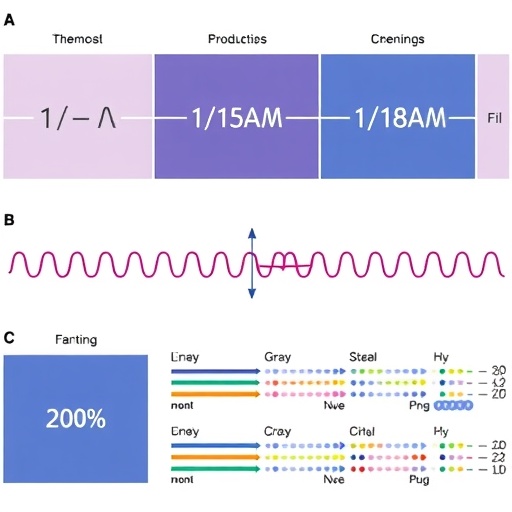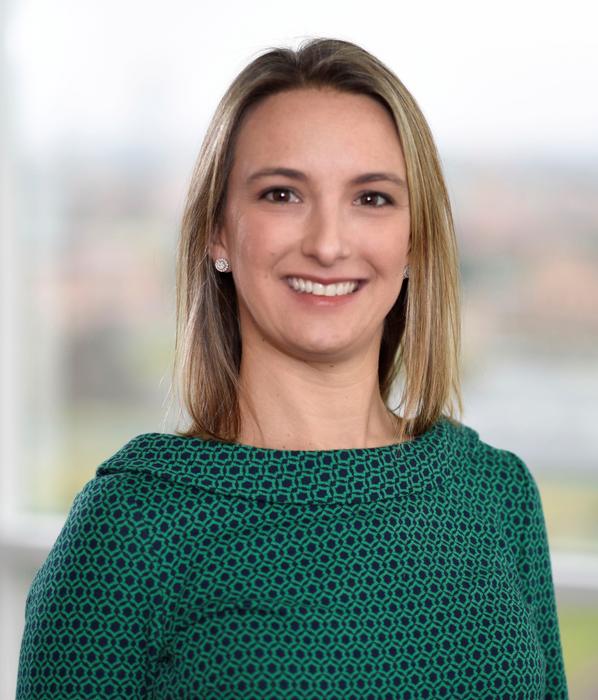
Credit: Huntsman Cancer Institute
SALT LAKE CITY – A letter published today by Huntsman Cancer Institute (HCI) at the University of Utah (U of U) in the New England Journal of Medicine reports that melanoma mortality among Utahns outpaced that of the rest of the United States during the period from 1975 to 2013. Melanoma death rates have been decreasing in recent years both in Utah and the United States, a trend likely attributable to new, more effective treatments, like immunotherapy. However, melanoma remains the deadliest type of skin cancer, and the incidence of melanoma diagnoses in Utahns is higher than in any other state.
The research was conducted in response to recent published data showing that for most of the 1990s and 2000s, melanoma mortality in the United States remained constant, while incidence increased six-fold. Increasing incidence without a corresponding increase in mortality suggests a potentially worrying trend of overdiagnosis–that is, when patients with benign conditions are incorrectly diagnosed as having cancer. In the case of melanoma, overdiagnosis may result from increased scrutiny, where repeated skin exams lead to increasing numbers of biopsies and a higher chance of finding a lesion that would not have been detected otherwise, and which might not be likely to progress to a harmful cancer.
Given Utah’s status as the state with the highest incidence of melanoma, the HCI team set out to evaluate the melanoma diagnosis and death rate data in Utah. After review and analysis of data by biostatistician Kim Herget from the Utah Cancer Registry, a National Cancer Institute Survival, Epidemiology, and End Results (SEER) database, the researchers found that in contrast to the rest of the United States, melanoma mortality in Utah increased by 0.8% per year through the entire period from 1975 through 2013. While melanoma deaths in Utah are decreasing in recent years, Utah’s melanoma death rate remains higher than that observed in the rest of the United States.
“Although we agree that overdiagnosis of melanoma is a growing problem, the sustained increase in melanoma mortality in Utah suggests that at least some fraction of the increasing incidence is real and cannot be attributed solely to overdiagnosis,” said Doug Grossman, MD, PhD, who co-leads the HCI melanoma and skin cancer center at HCI and serves as professor of dermatology at the U of U. “Our research underscores an increased risk for Utahns, and so we must remain vigilant about melanoma. For doctors, this means regular conversations with patients about their skin health and family history. For patients, this means practicing sun-safe behaviors like diligent sunscreen use, wearing sun-protective clothing, and monitoring their skin at home on a monthly basis to reduce risk of skin cancer and optimize early detection.”
The researchers anticipate future studies to determine whether this trend in Utahns is a result of increased ultraviolet exposure in a largely fair-skinned population living in a sunny, high-altitude climate or is associated with other environmental or genetic factors.
###
In addition to Grossman, the research was led by HCI epidemiologists Jennifer Doherty, PhD, MS, director of the Utah Cancer Registry and associate professor of population health sciences at the U of U, and Carol Sweeney, PhD, associate director of the Utah Cancer Registry and professor of internal medicine at the U of U. This research is supported by the National Cancer Institute including P30 CA042014, and National Institutes of Health, Department of Health and Human Services, under Contract No. HHSN261201800016I, and Huntsman Cancer Foundation.
Huntsman Cancer Institute (HCI) at the University of Utah is the official cancer center of Utah. The cancer campus includes a state-of-the-art cancer specialty hospital as well as two buildings dedicated to cancer research. HCI treats patients with all forms of cancer and is recognized among the best cancer hospitals in the country by U.S. News and World Report. As the only National Cancer Institute (NCI)-Designated Comprehensive Cancer Center in the Mountain West, HCI serves the largest geographic region in the country, drawing patients from Utah, Nevada, Idaho, Wyoming, and Montana. More genes for inherited cancers have been discovered at HCI than at any other cancer center in the world, including genes responsible for hereditary breast, ovarian, colon, head, and neck cancers, along with melanoma. HCI manages the Utah Population Database, the largest genetic database in the world, with information on more than 11 million people linked to genealogies, health records, and vital statistics. HCI was founded by Jon M. and Karen Huntsman.
Media Contact
Ashlee Harrison
[email protected]





